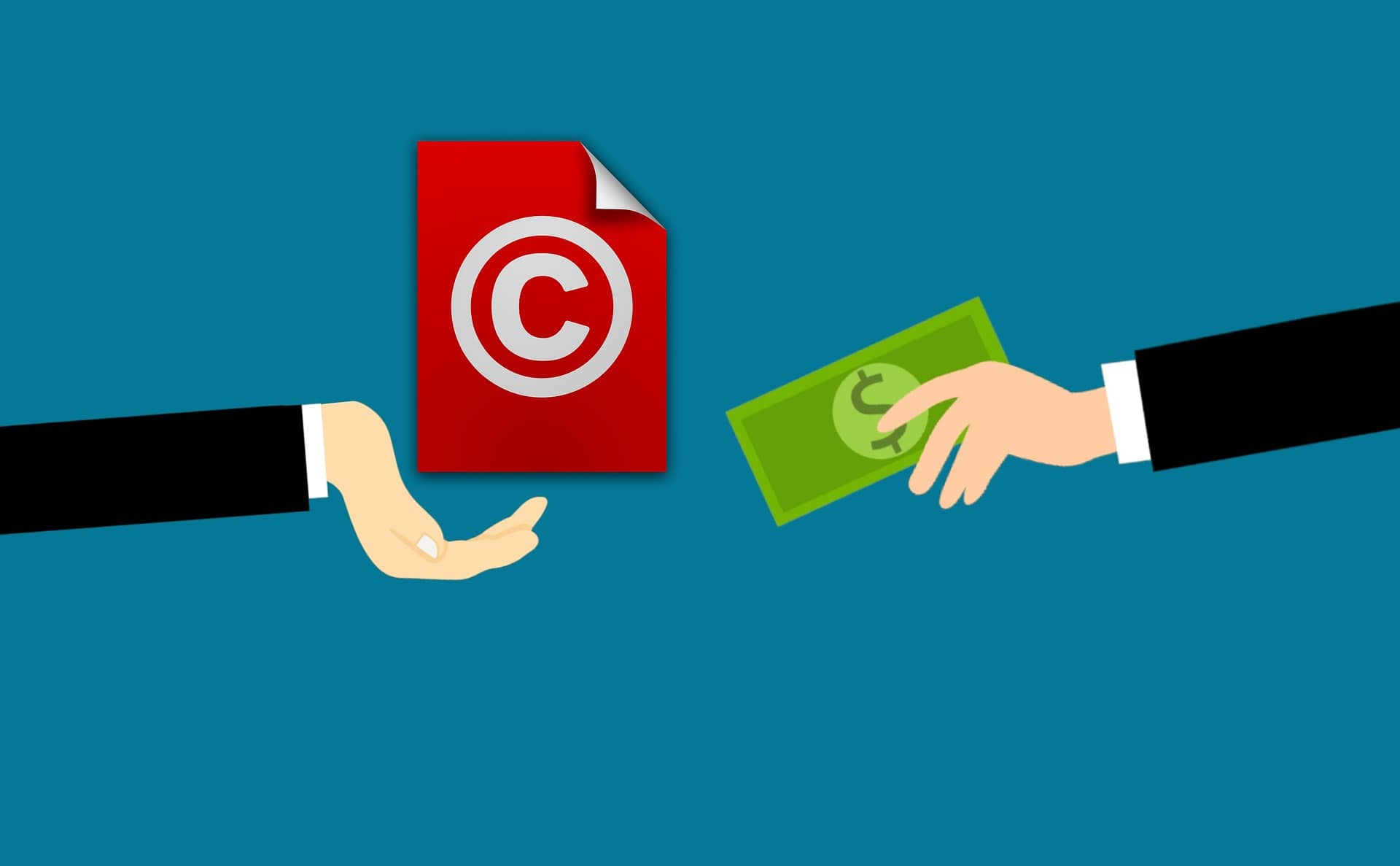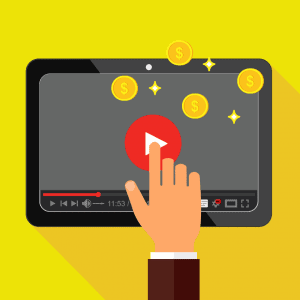Table of Contents
Introduction
Copyright law can be complex, but it is important to understand if you are using YouTube or other online platforms. Copyright infringement is the unauthorized use of copyrighted material, and it can result in serious consequences. Fortunately, there are steps you can take to avoid copyright infringement on YouTube. In this article, I will discuss what copyright law is, how it applies to YouTube, and what you can do to avoid infringing on someone else’s copyright.
Copyright Law and YouTube
When it comes to copyright law, YouTube is considered a “safe harbor” for user-generated content. This means that YouTube is not liable for copyright infringement if its users upload copyrighted material. However, this does not mean that YouTube users can upload copyrighted material without consequences. Suppose a copyright holder finds that their material has been uploaded to YouTube without permission. In that case, they can send a DMCA takedown notice to YouTube, which will result in the removal of the infringing content.
Copyright Infringement on YouTube
Copyright infringement on YouTube is a serious issue and one that can hurt your channel. If you are found to violate copyright law, you could be subject to several penalties, including the removal of your videos, a strike against your account, and even a lawsuit. There are several ways that you can infringe on someone’s copyright, including using copyrighted music in your videos, using copyrighted images or footage, and even posting someone else’s video without their permission. If you are found to violate copyright law, you will receive a copyright strike from YouTube. A copyright strike will result in the removal of your video and a temporary suspension of your account. If you receive three copyright strikes, your account will be permanently suspended. If you are accused of copyright infringement, you will have the opportunity to file a counter notification with YouTube. However, if you do not have a valid reason for using the copyrighted material, your counter notification will be rejected and your video will remain removed. It is important to note that simply having a license or permission from the copyright holder does not protect you from receiving a copyright strike. In order for YouTube to consider your use of copyrighted material to be fair use, you must be able to demonstrate that your video is transformative. There are several ways to avoid infringing on someone’s copyright, including using Creative Commons-licensed materials and seeking permission from the copyright holder. If you are unsure about whether or not your use of copyrighted material is fair use, it is always best to err on the side of caution and seek permission from the copyright holder before using their material.
Steps to Avoid Copyright Infringement on YouTube
There are a few key steps you can take to avoid copyright infringement on YouTube: 1. Use only original content that you have created yourself. If you use someone else’s content, get permission from the copyright holder. 2. When using third-party content, be sure to credit the original source. This will show that you respect the work of others and are not trying to pass it off as your own. 3. Do not use copyrighted music in your videos without permission. There are many great sources of royalty-free music that you can use instead. 4. If you want to use a copyrighted video clip, consider using only a small portion of it and adding your own commentary or creative elements. This is known as “fair use” and can be a defense against copyright infringement claims. 5. When in doubt, seek permission! It is always better to err on the side of caution than risk facing a copyright infringement lawsuit.
When in Doubt, Seek Permission!
When in doubt, always seek permission from the copyright holder before using any copyrighted material on YouTube. By doing so, you can avoid any potential copyright infringement issues down the road. Additionally, give credit to the copyright holder in your video description, and include a link to their original work if possible.
Conclusion
Copyright law is a complex and ever-changing area of law. As a result, it can be difficult to know what is and is not allowed when it comes to using copyrighted material on YouTube. However, by following the steps outlined in this article, you can help ensure that you do not infringe on someone else’s copyright and avoid potential legal problems down the road. When in doubt, always seek permission from the copyright holder before using their material.




